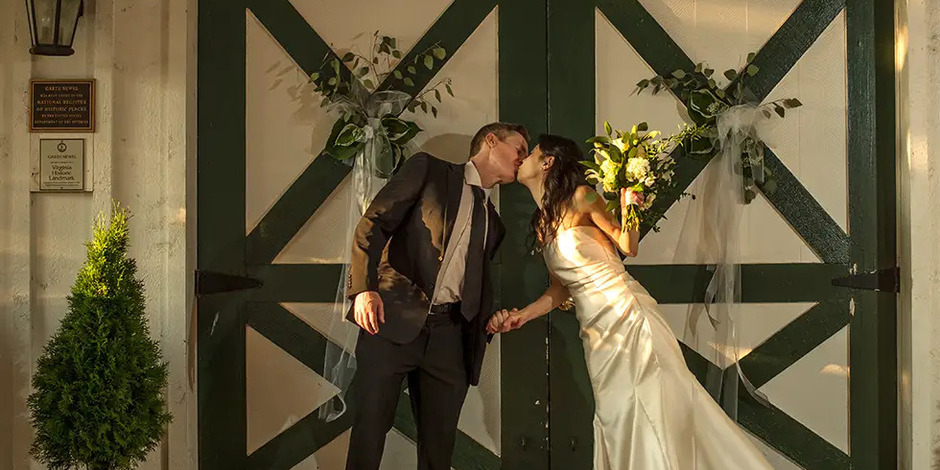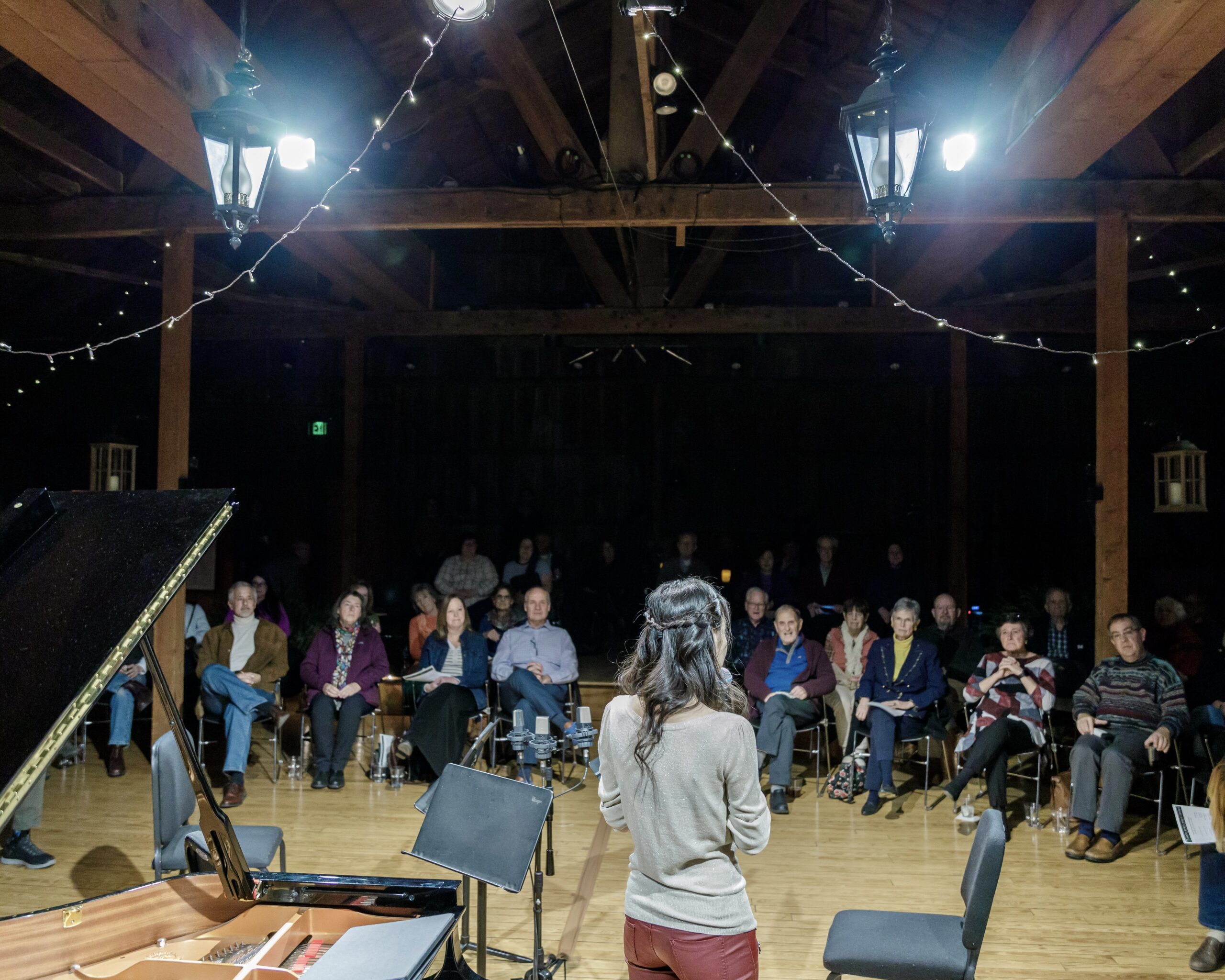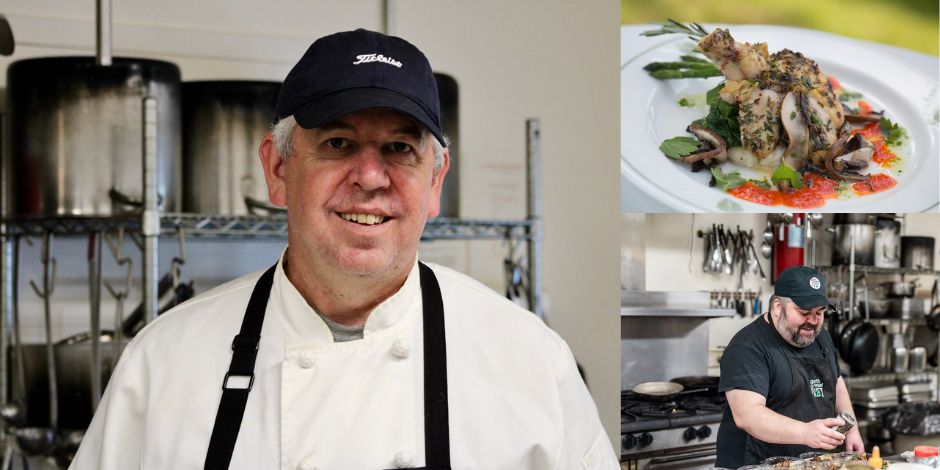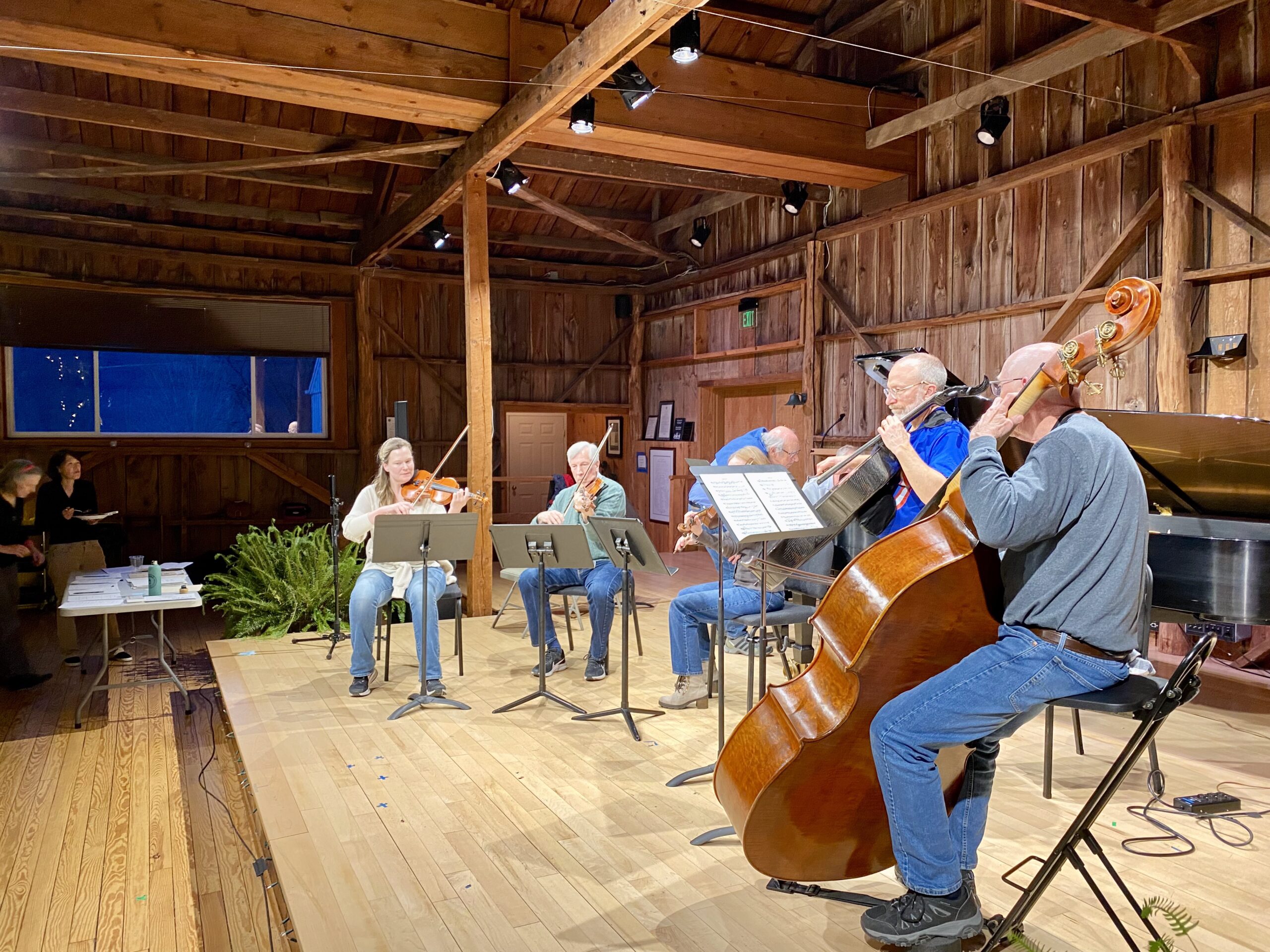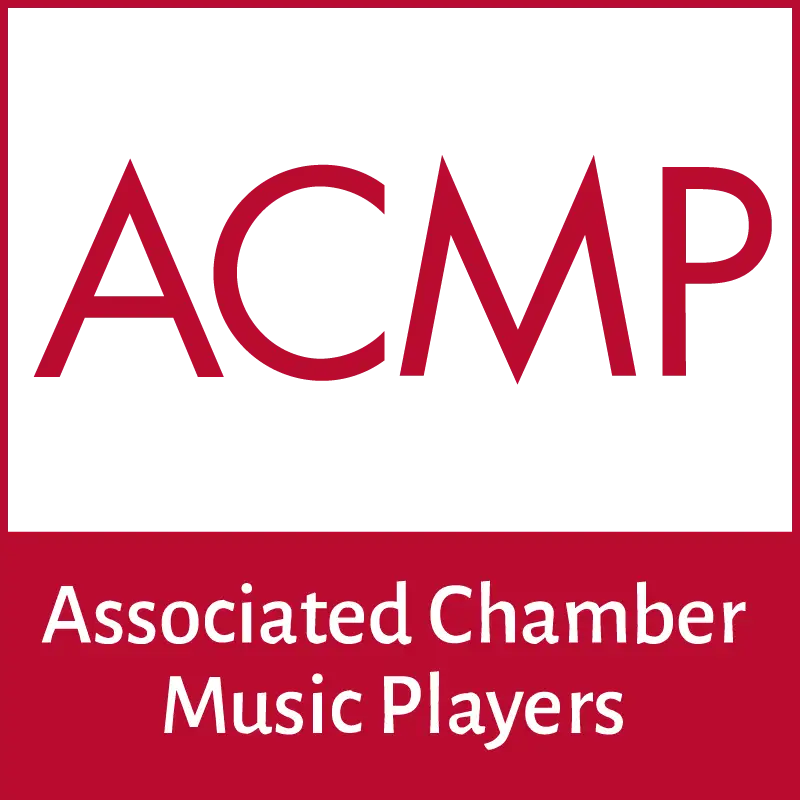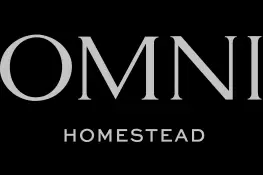Every summer at Garth Newel’s there’s a keyboard weekend. It a tradition that started before my hire, and it involves 3 pianists descending onto Garth Newel to join me and give the term “piano quartet” a whole new meaning.
You might imagine what that might be like. Perhaps we have nightly “octave offs”, where we all try to see who can do the opening of Liszt concerto no. 1 the fastest. Or we stay up all night to geek out to Martha Argerich. Or maybe we exchange war stories of tiger moms and competition damage until one of us cracks and concedes to the other “ok, you had it worse, you win”.
What actually happens is more boring, because when we’re not rehearsing or practicing, we’re eating and hanging out together, and its usually just us laughing and catching up on each other’s lives. This could be because I just don’t have many piano friends who are so blatantly unpleasant. It also could be because “bro-like” piano competitiveness just doesn’t exist once you graduate.
But yet, that’s the first thing we joke about when we have more than one pianist thrust into the situation of working together. Patrons will winkingly sidle up to me with “so I hear there are going to be dueling pianos next week?” and I totally egg them on.
It’s no mystery why this is a our stereotype. Every major city has a dueling piano bar. Elfriede Jelinek won a Nobel Prize for “The Piano Teacher”, where the titular pianist puts shards of broken glass into her student’s jacket pocket in order to ruin the girl’s chances. In the same vein, Juilliard is plagued with the urban legend of razor blades between the piano keys, and there is no shortage of tales of underhanded atrocities that pianists inflict on each other. I don’t think any of this represents what’s true. I say “pianists be crazy” with a grin, but I honestly love my pianist friends and have difficulty imagining any of us ever getting so petty and insecure as to harbor ill will under our breaths.
Similarly, the stereotype of “pianism=showing off” is something that I’ve struggled with, which is what initially stymied me about the tradition of piano weekend. I had a prejudice against piano ensemble music before I started explicitly programming for it, because my impressions were:
“too loud.”
“too much of the same piano sound”
“noise of notes”
“this all sounds the same”
“they’re just trying to one-up the other”
Piano virtuosity is a funny thing. I was so sick of Liszt, fireworks, all that she-bang for cheap thrills stuff, and was ashamed of how my natural playing style seemed to embrace flair and flash. I felt like I had to break an addiction, mostly because I couldn’t stand listening to these sorts of concerts, where all we heard was faster and louder ways to wow the audience with pianistic athleticism, and everything was from the late romantic period. But, like a good 12-stepper, I have come to accept that a large part of a pianist’s identity lies in the show stopping traditions that Liszt propagated. And that virtuosity and integrity is not mutually exclusive. Just like the myth that pianists are horrible people, I learned that by examining my prejudices, I realized that there was no reality to them, and that my impressions were snap judgments calcified at an early age without enough weight given to the power of interpretation. Technical prowess can be a tool of struggle, fighting, journey, when used with dramatic intent. One doesn’t need to be ashamed of of thrills when it is attached to an expressive purpose.
What jump started this realization was that Matthew Browne wrote me a piece called “Lisztomania”. He told me he had the idea to write something that
“intended to be a raucous and heart-pounding scherzo inspired by the intense frenzy (of the same name) directed toward Franz Liszt during his performances. The music incorporates various quotes and allusions to Liszt’s piano works, and strives to make some of his more extravagant moments even more so. The piece will be: fun, cheeky, raucous, explosive, virtuosic, irreverent, humorous, breathtaking, confident, and outrageous”.
With that sort of concept I of course was intrigued, and so I programmed a Liszt half, where Genevieve Lee, Brian Hsu, and Tian Tian lead off with Liszt transcriptions of Schubert and Schumann songs, Hungarian Rhapsody no.6, and his Rigoletto Paraphrase, which I then cap off with Browne’s homage/cheeky take on Liszt.
In a way, I wanted to embrace the traditions that shaped us as pianists, as well as show how those traditions give way to new inspirations. I also figured that by having such a hallowed figure of Liszt organically lead into works by a living composer, audiences would see and appreciate the relationship between the 21st century and the 19th.
In addition, I wanted to highlight new sound conceptions. One of my favorite works that I had commissioned is a work for prepared piano and live electronics that David Biedenbender had written for me back in 2014.
Resonance Modes was inspired by a completely imaginary and impractical preparation of the piano, one that I never actually intended to use, but seemed like an interesting starting point for the piece. I imagined hundreds of small liquid mercury droplets being poured into the piano and dancing on the sounding board and strings in beautiful and interesting ways. Although impossible for several obvious reasons (principally, the health and safety of the performer, the audience, and the piano!), this idea came from mercury’s relatively unique properties, namely the high density and surface tension which cause it to resonate at different frequencies in beautifully different ways. One droplet of mercury can be transformed into thousands of different shapes when vibrating at various frequencies, and certain frequencies take on particularly interesting characteristics because of the resonance modes. Rather than explain resonance modes in detail, you can see mercury’s resonance modes in action here, which I think will illustrate the relationship to the piece more vividly. In the piece, I dwell on a small set of pitches and timbres which are slowly transformed primarily through rhythmic processes as a way of exploring these imaginary resonance modes over time.
I’m also super excited to say that David will also be present to give a preconcert talk! He’s one of my favorite creative voices of today, as well as a sweet and genuine person to get to know.
It’s been so great to be able to be a part of the creative process in these works, but it’s also thrilling to be able to have these two friends and composers come to the performances and be able to interact with the audience as well. Living composers of classical concert music should not be a rare thing to see, and its wonderful that they are both able to make this trip.
I’m excited about these programs on Saturday and Sunday. Besides the aforementioned, we’ll be playing Debussy’s beautiful Blanc et Noir set, Logan Skelton’s charming American Sketches, Samuel Barber’s delightful souvenirs set (complete with video art!), Rachmaninoff’s monumental op.17 suite, Rzewski’s Winnesboro Cotton Mill Blues, Saint Saen’s crystalline Beethoven Variations, and ending with his Danse Macabre for 8 hands. If you haven’t made reservations yet, there’s still time!

